Large historical sites such as Fort Laramie National Historic Site are full of preserved, restored and/or recreated buildings. And when fully furnished rooms to tour, it’s just icing on the cake for me. I find endless inspiration in needlework, handwriting on letters and intricate details in woodwork. I feel like this is one of the many reasons we find such importance in preserving these sites, and also in visiting them.
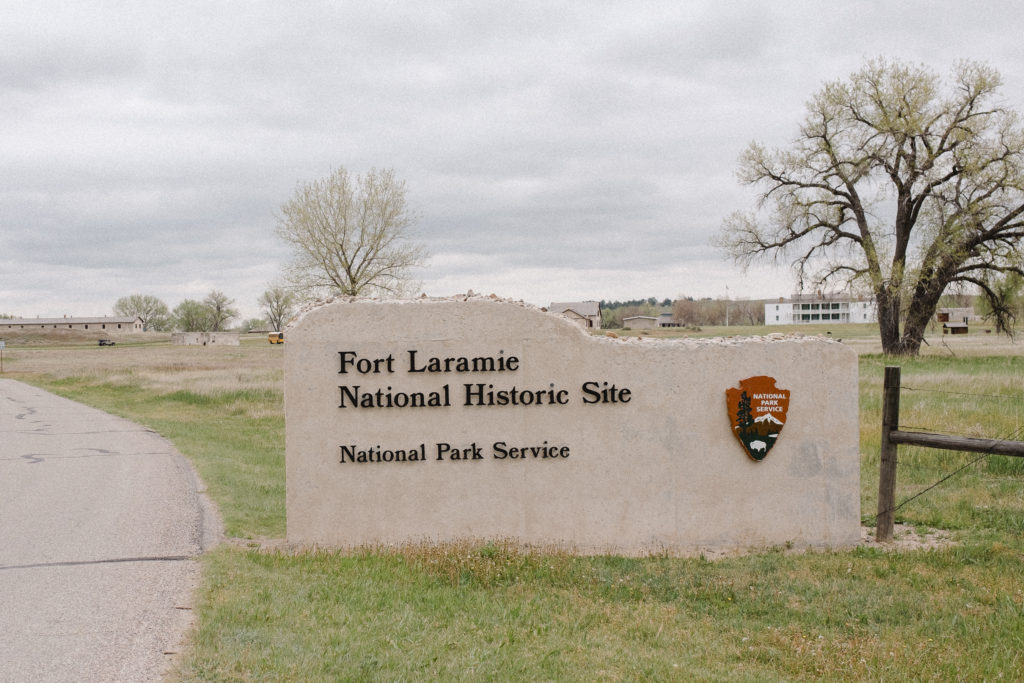
A summer visit to Fort Laramie National Historic Site.
The day we visited Fort Laramie National Historic Site, we pulled into the parking lot to find it quite crowded for a weekday with six school buses and a dozen or so cars. Yet the grounds at Fort Laramie are quite extensive. It’s not challenging to find solace while walking through twelve restored buildings and ruins in various stages of disrepair.
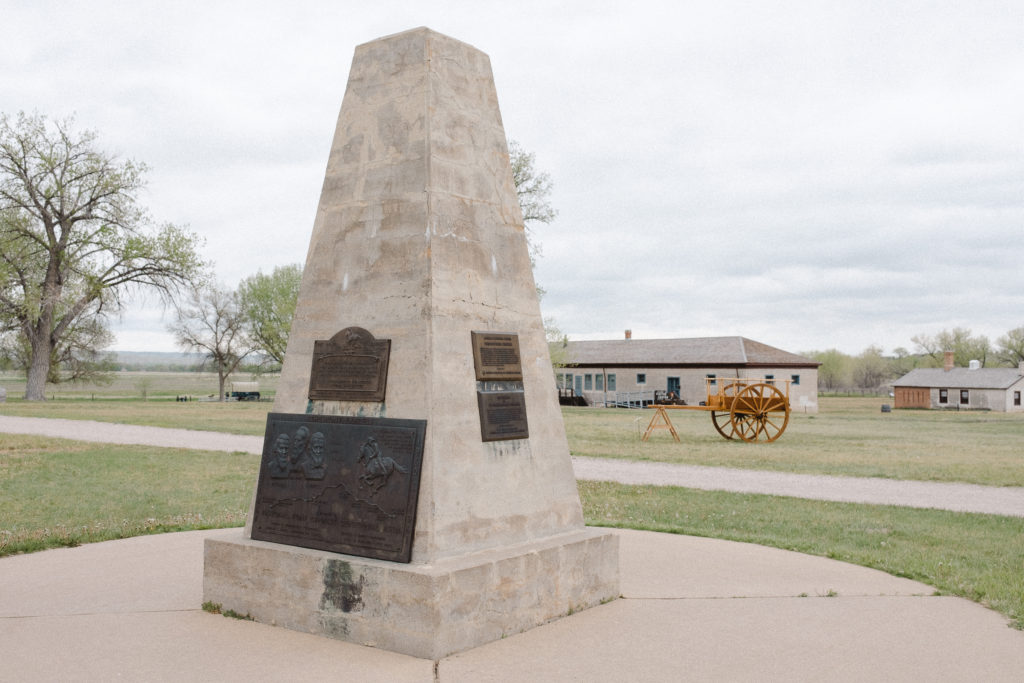
Fort Laramie National Historic Site is a short one hour drive from Scotts Bluff National Monument, and less than an hour and a half drive from Agate Fossil Beds National Monument, both in Nebraska. We visited all three of these national park units in one day, without feeling any rush.
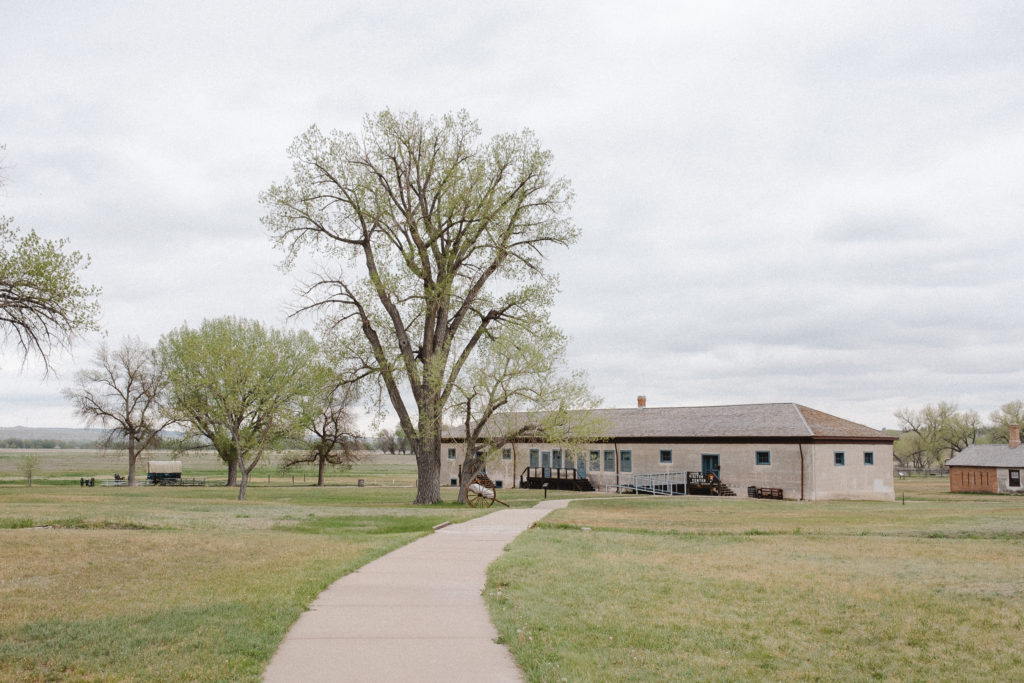
Watching the video in the visitor’s center is a great starting point to become familiar with the history of the park. It also gives great information on the general reason for each building’s existence. This park offers a great way to spend an afternoon touring at your own pace.
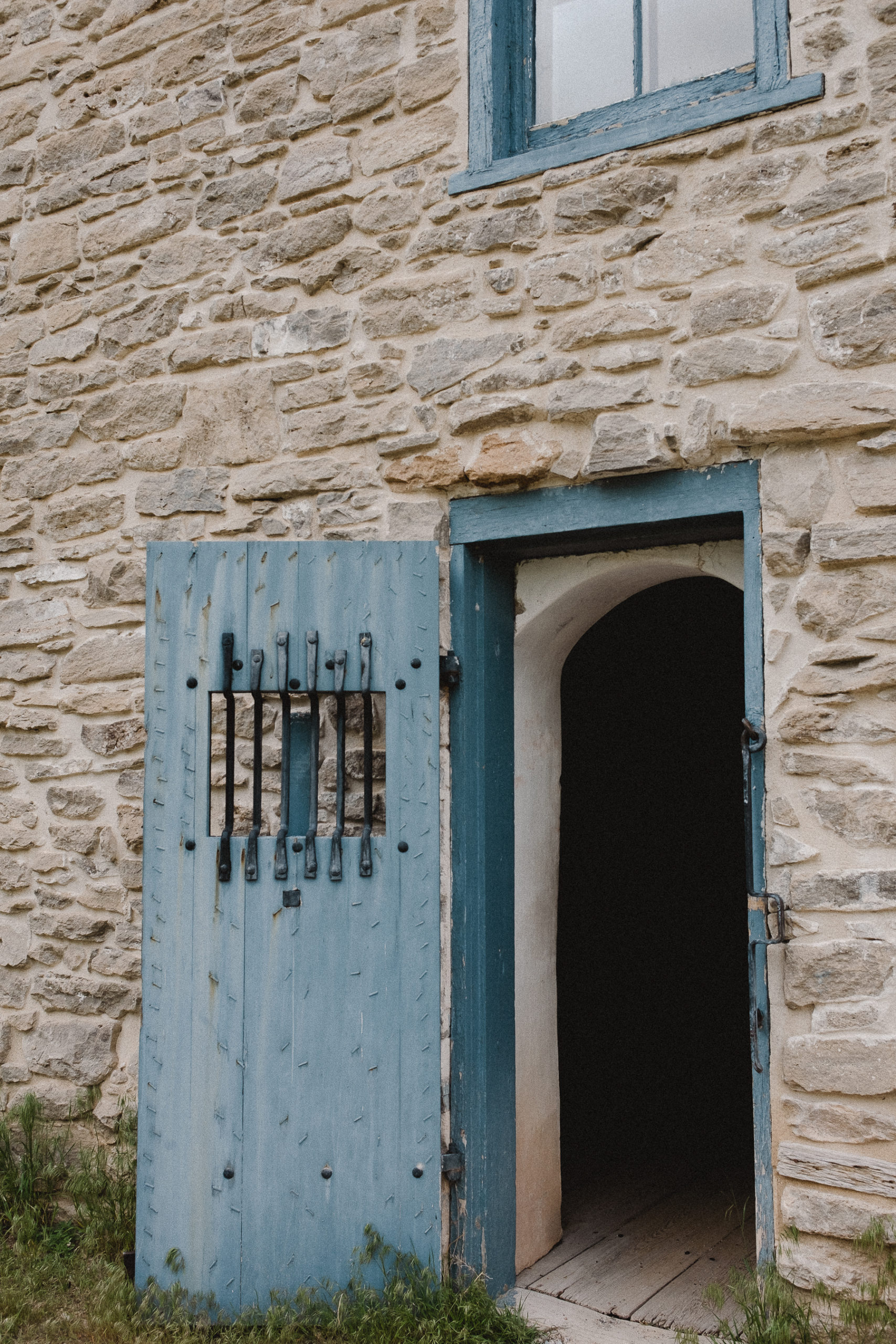
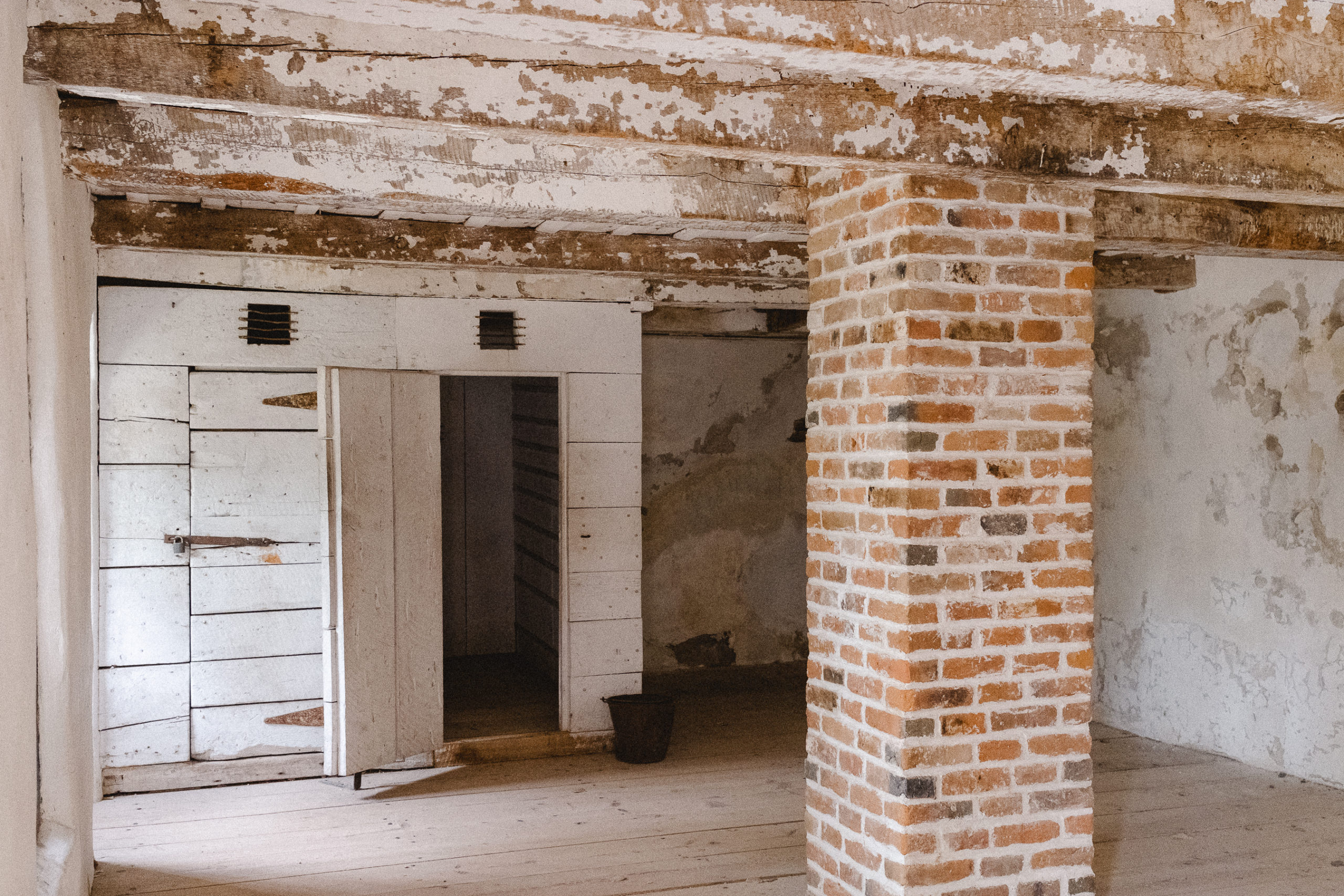
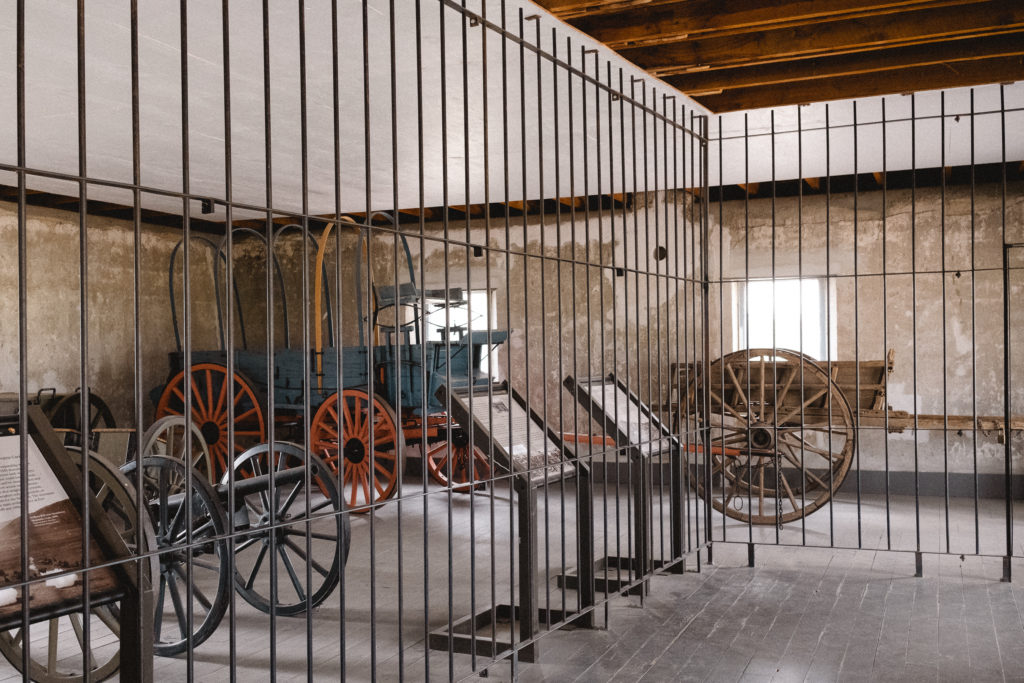
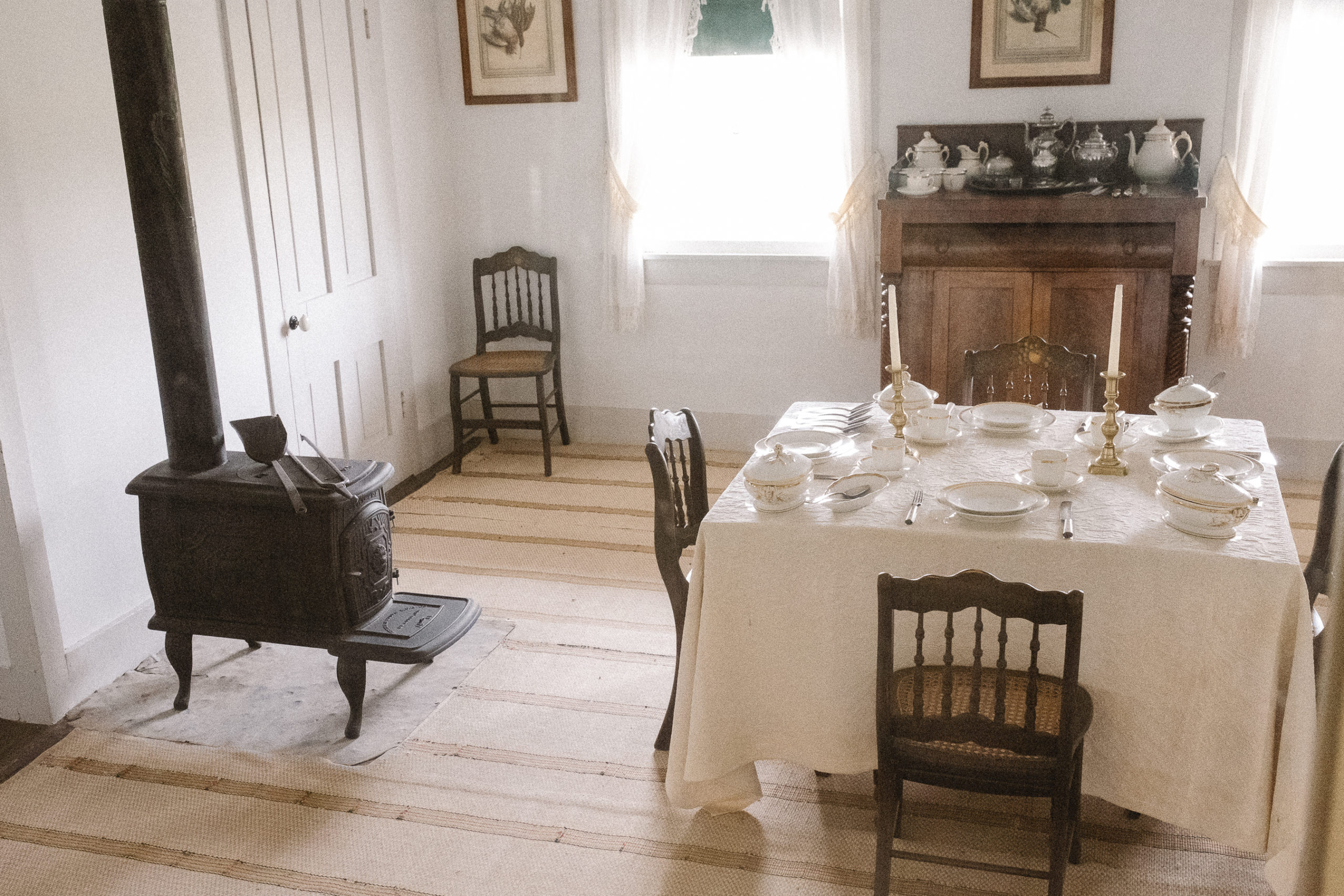
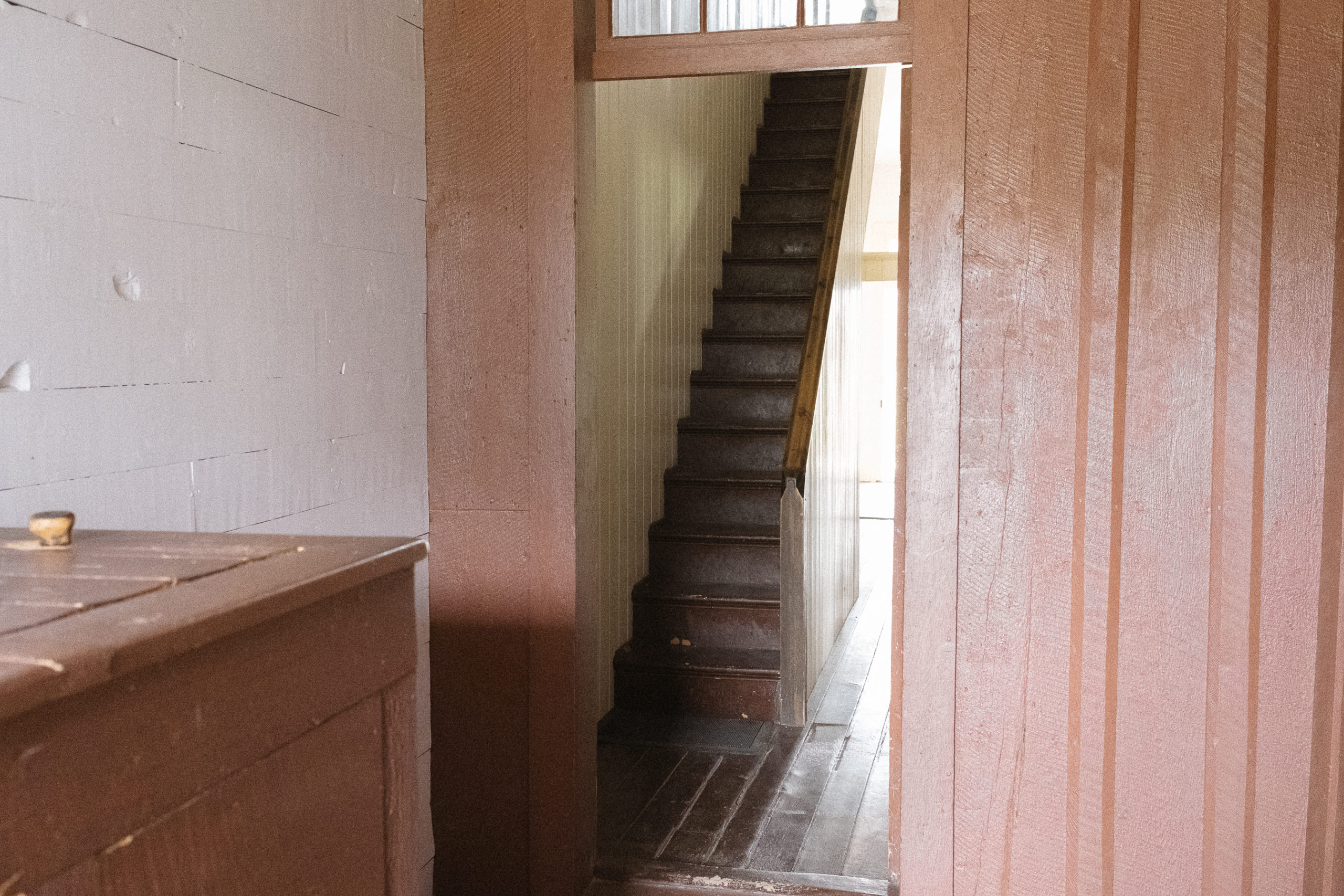
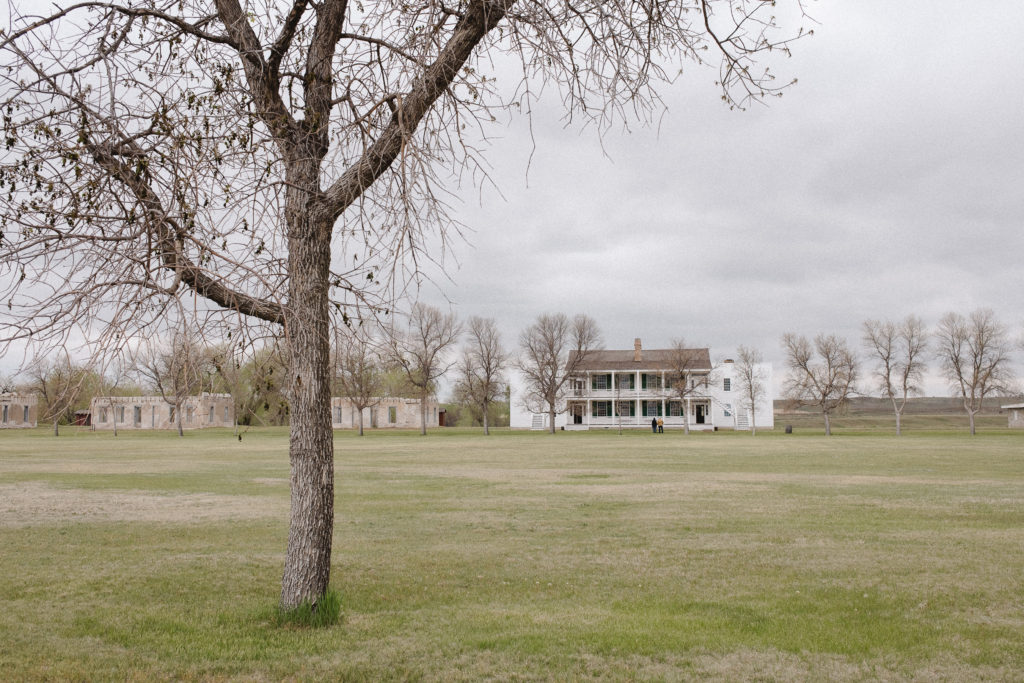
Wavy glass appreciation.
One feature of the original buildings I particularly enjoy is the original “wavy” lead glass windows. First seeing wavy glass frequently praised on Cheap Old Houses posts, I now appreciate its merits and a little shriek escapes me when I catch it out in the wild, like here.
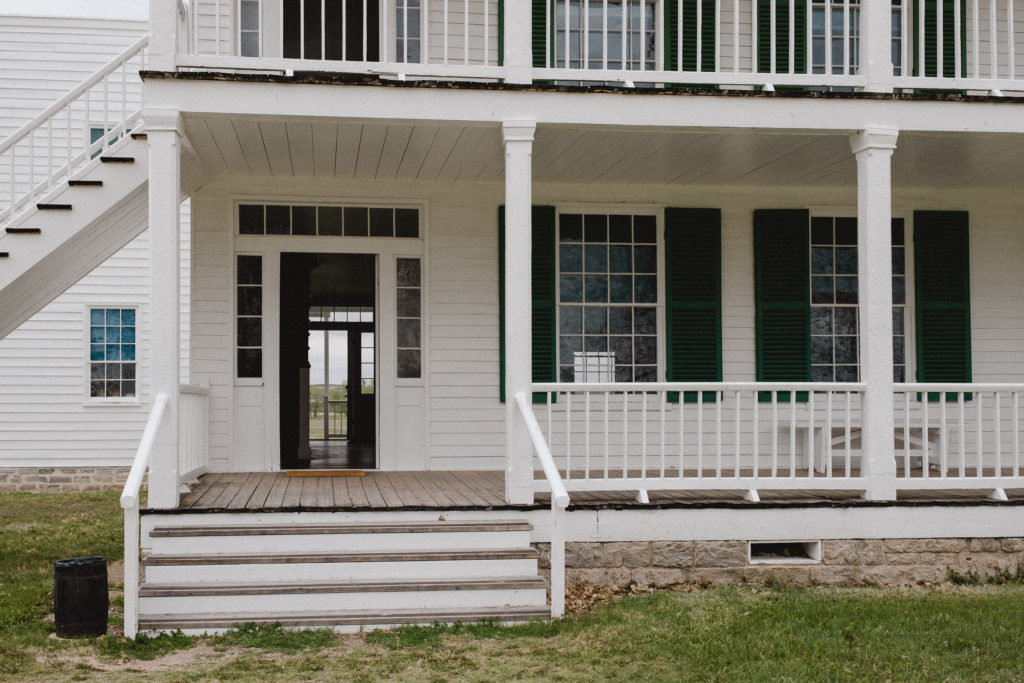

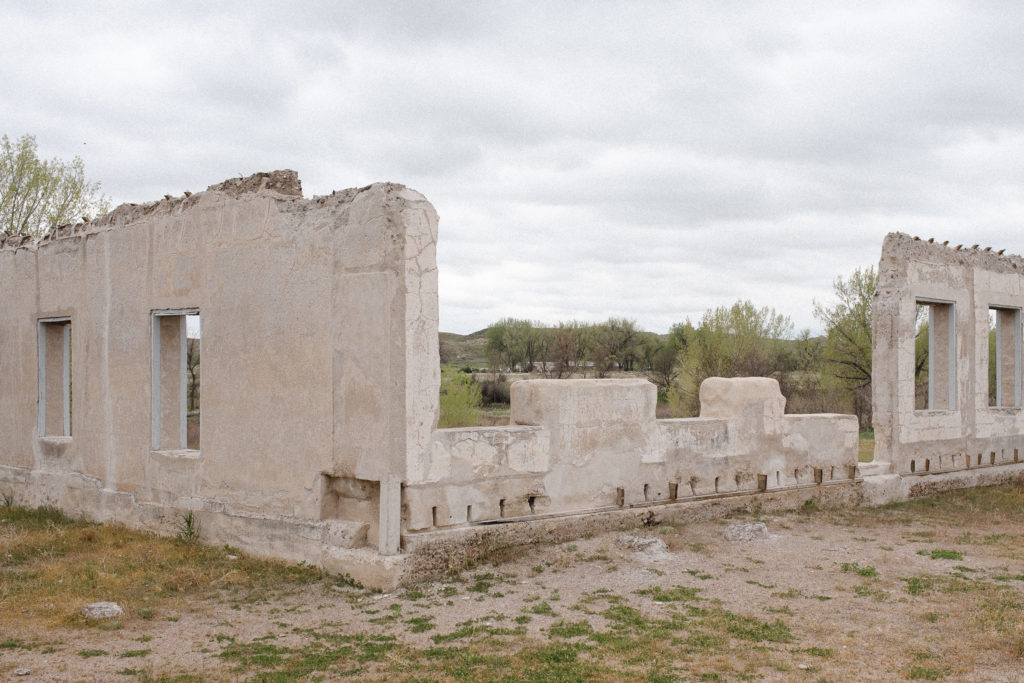
Old Army Bridge
Confluence National Recreation Trail starts near the Old Army Bridge, forming a 1.6 mile loop to the confluence of the Laramie and North Platte Rivers and back. The bridge, built in 1875, is built of wrought iron and spans 400 feet. A historical marker from the 1950’s reads “This bridge was a vital link between Cheyenne, Fort Laramie and the Military outposts, Indiana Agencies and gold fields of the Black Hills, Dakota Region.”

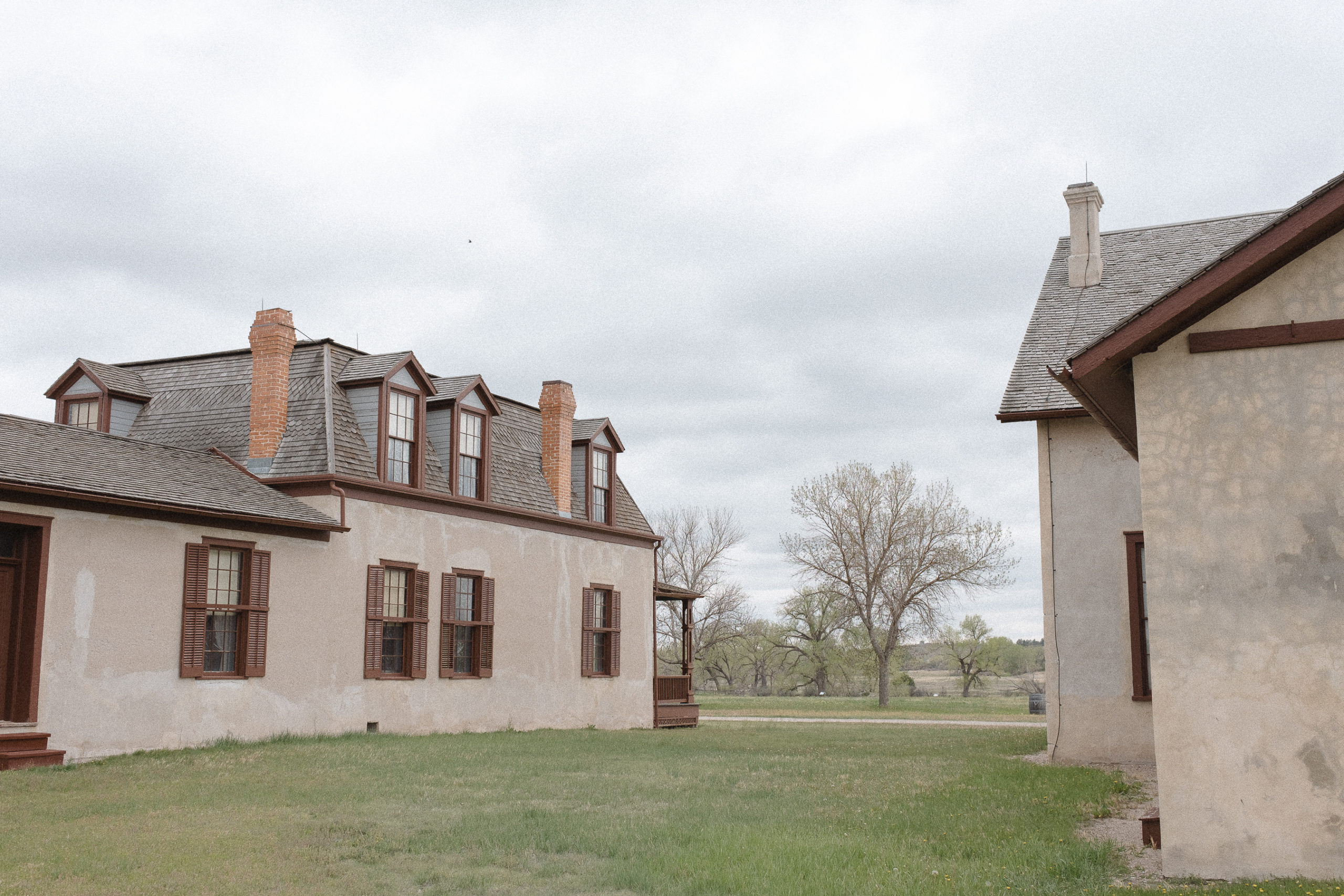
One thought on “Fort Laramie National Historic Site, Wyoming”